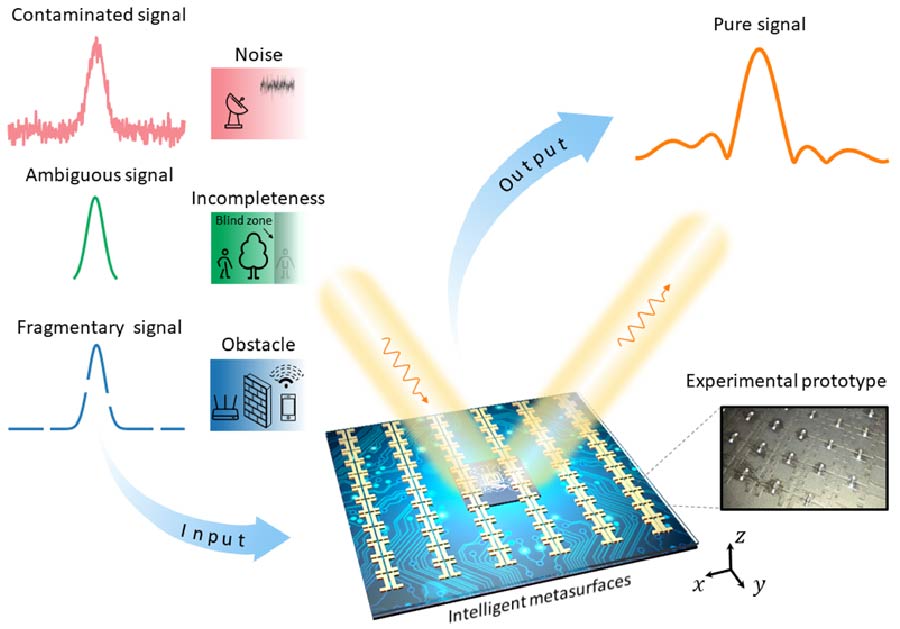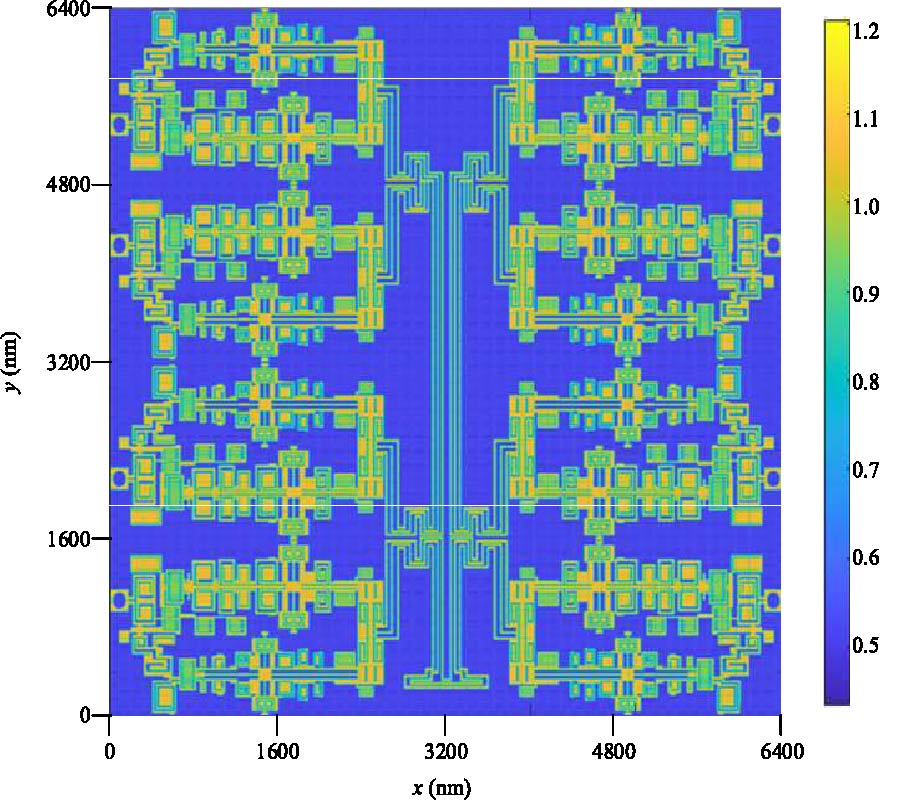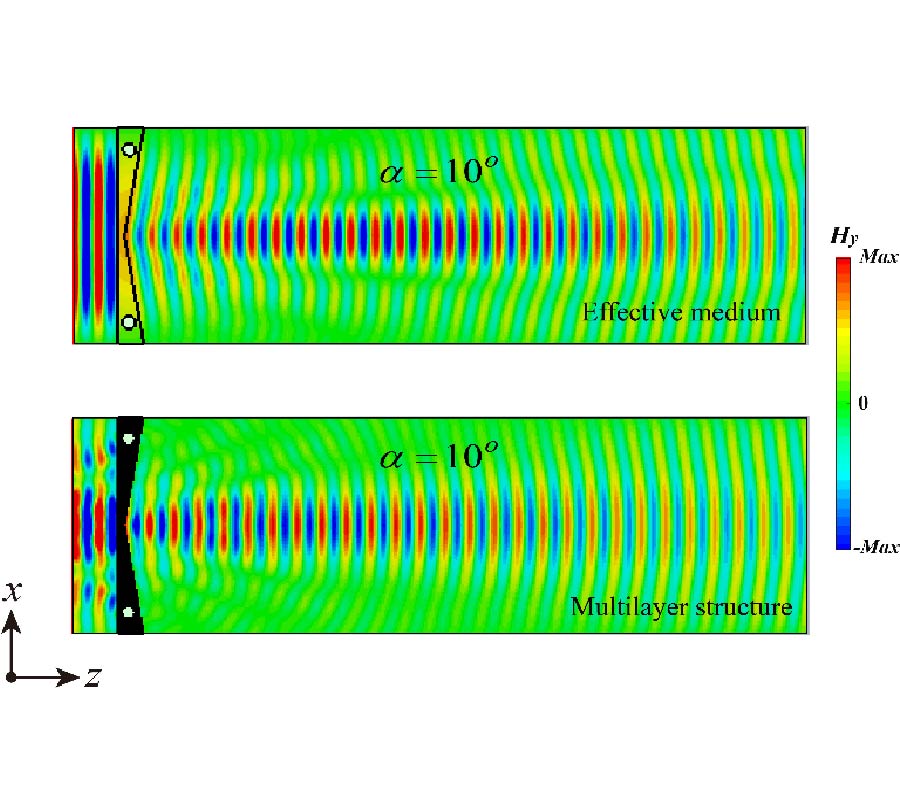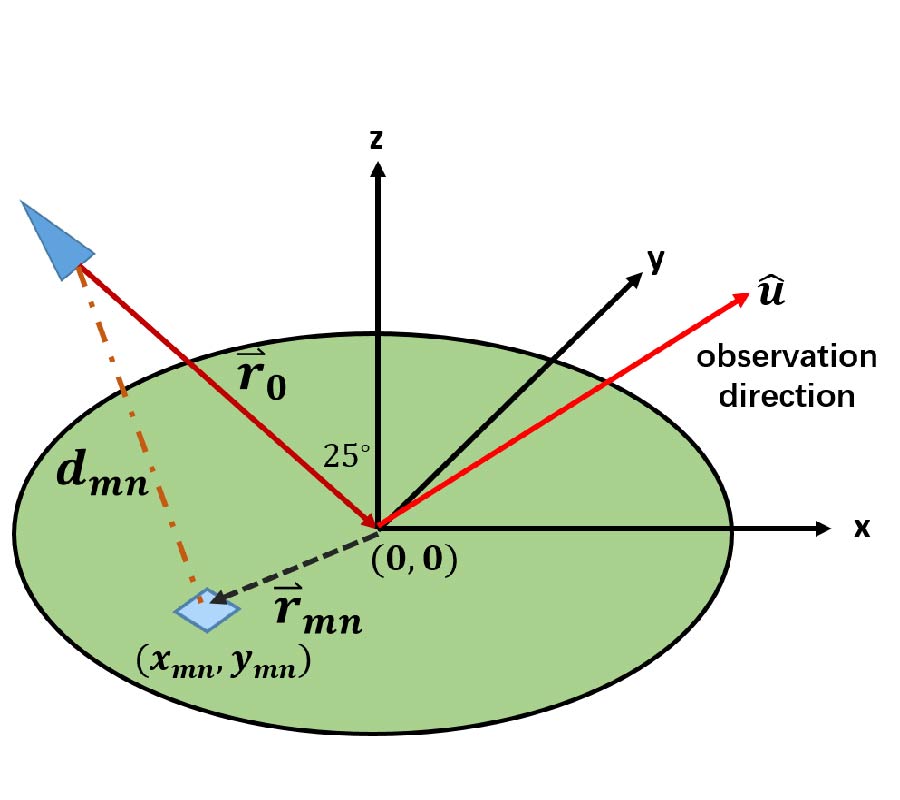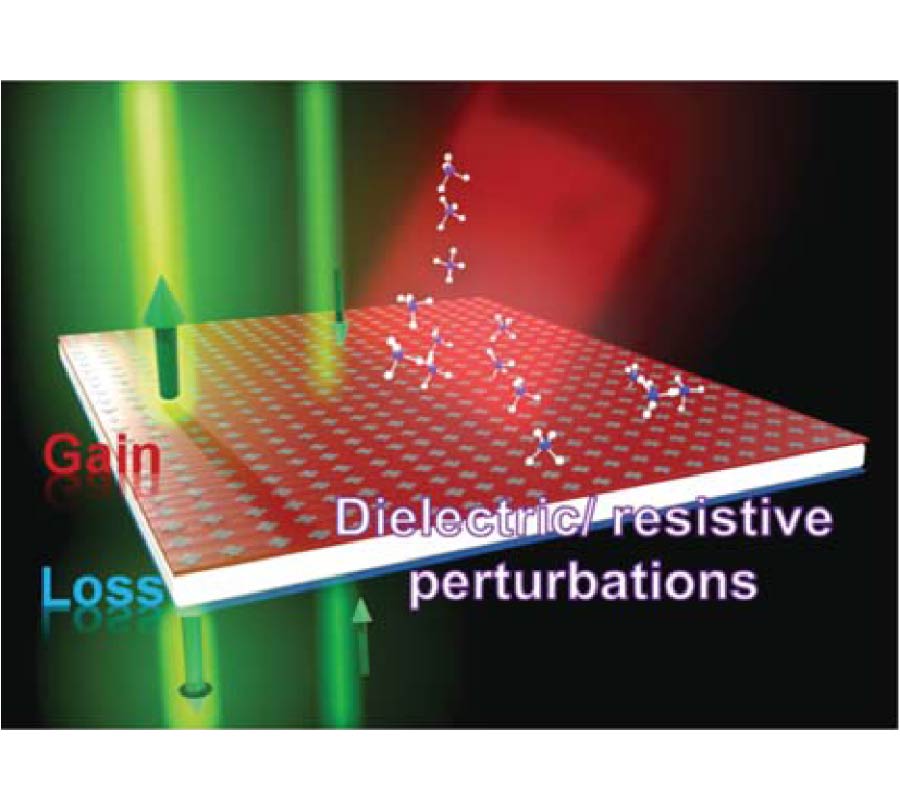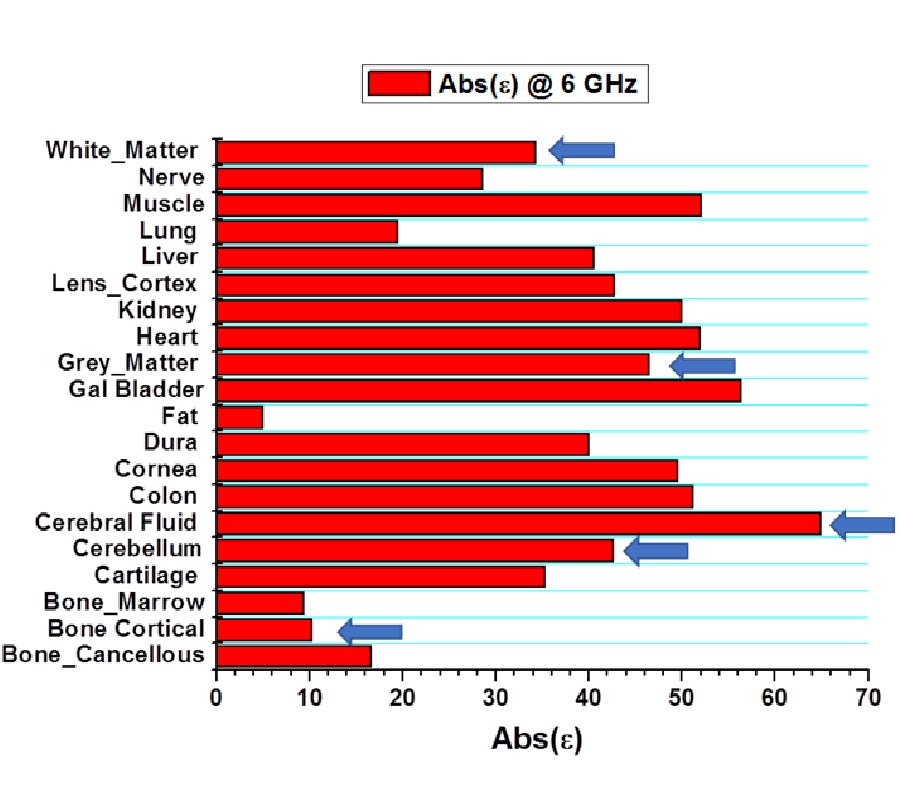2023-11-20 Featured Article
Enabling Intelligent Metasurfaces for Semi-Known Input
By Pujing Lin
Chao Qian
Jie Zhang
Jieting Chen
Xiaoyue Zhu
Zhedong Wang
Jiangtao Huangfu
Hongsheng Chen
Progress In Electromagnetics Research, Vol. 178, 83-91, 2023
Abstract
Compelling evidence suggests that the interaction between electromagnetic metasurfaces and deep learning gives rise to the proliferation of intelligent metasurfaces in the past decade. In general, deep learning offers a transformative force to reform the design and working style of metasurfaces. A majority of the inverse-design literature announce that, given a user-defined input, the pre-trained deep learning models can quickly output the metasurface candidates with high fidelity. However, they largely ignore an important fact, that is, the practical input is always semi-known. In this work, we introduce a generation-elimination network that is robust to semi-known input and information pollution. The network is composed of a generative network to generate a number of possible answers and then a discriminative network to eliminate suboptimal answers. We benchmark the feasibility via two scenes, the on-demand metasurface design of the reflection spectra and the far-field pattern. In the microwave experiment, we fabricated and measured the reconfigurable metasurfaces to automatically meet the semi-known beam steering requirement that widely exist in wireless communication. Our work for the first time answers the question of how to cope with semi-known input, which is ubiquitous in a panoply of real-world applications, such as imaging, sensing, and communication across noisy environment.
